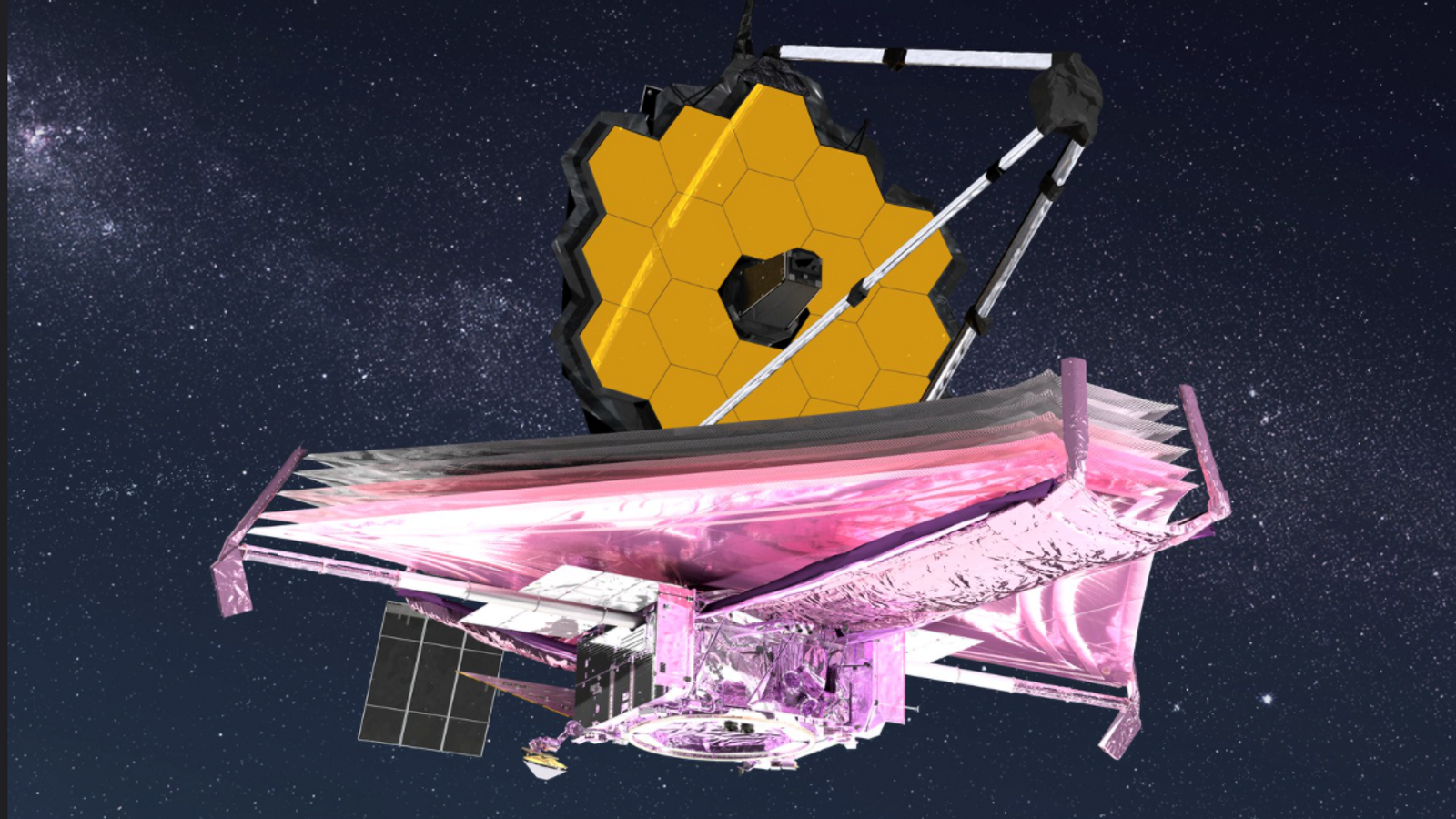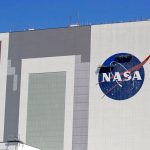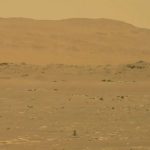The world’s most powerful space telescope has reached its final stop – one million miles from Earth – a month after setting off on its historic voyage.
The James Webb Telescope fired rocket thrusters for about five minutes in a final course correction to enter orbit around the sun, with NASA confirming it had gone to plan.
Flight controllers back in Baltimore celebrated and NASA administrator Bill Nelson said it meant “we’re one step closer to uncovering the mysteries of the universe”.
🏠 Home, home on Lagrange! We successfully completed our burn to start #NASAWebb on its orbit of the 2nd Lagrange point (L2), about a million miles (1.5 million km) from Earth. It will orbit the Sun, in line with Earth, as it orbits L2. https://t.co/bsIU3vccAj #UnfoldTheUniverse pic.twitter.com/WDhuANEP5h
James Webb will give a view further back in time than ever before, to the formation of the first galaxies and stars 13.7 billion years ago.
It will also scan for signs of alien life.
Considerably bigger than its predecessor, the Hubble telescope, the new observatory has a 6.5-metre gold-coated mirror and a sunshield as big as a tennis court.
The £7.5bn telescope – named after a former NASA chief – launched on Christmas Day from French Guiana and had been decades in the making.
NASA’s new James Webb Telescope completes the final stage of deployment after being fully unfolded in space
The mirror, which was folded into the rocket’s nose for blast off, was unfurled successfully a few weeks ago.
Monday’s final stop saw the telescope inserted at the second Lagrange point – or L2, where the gravitational forces of the sun and Earth balance.
“The final mid-course burn added only about 3.6 miles per hour (1.6 metres per second) – a mere walking pace – to Webb’s speed, which was all that was needed to send it to its preferred ‘halo’ orbit around the L2 point,” said NASA.
Scientists for the space agency say the pull of the sun and Earth will keep the telescope in place and mean little additional rocket thrust is needed.
It will always face Earth’s night side to keep its infrared detectors as cold as possible.
Observations from the telescope will not start until June.
The mirror is made of 18 segments which must now be carefully aligned to achieve its proper focus.
Ground teams will also spend several months activating and calibrating instruments, such as the camera and spectrograph.
The James Webb project is led by NASA in partnership with the European and Canadian space agencies.






















